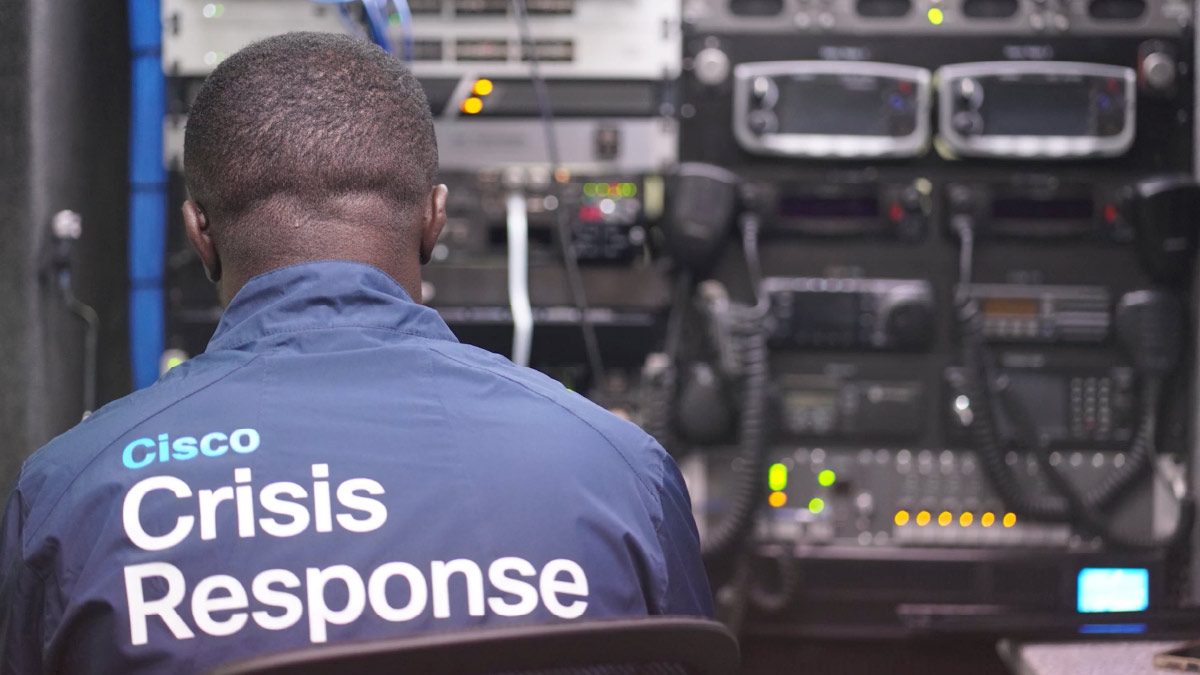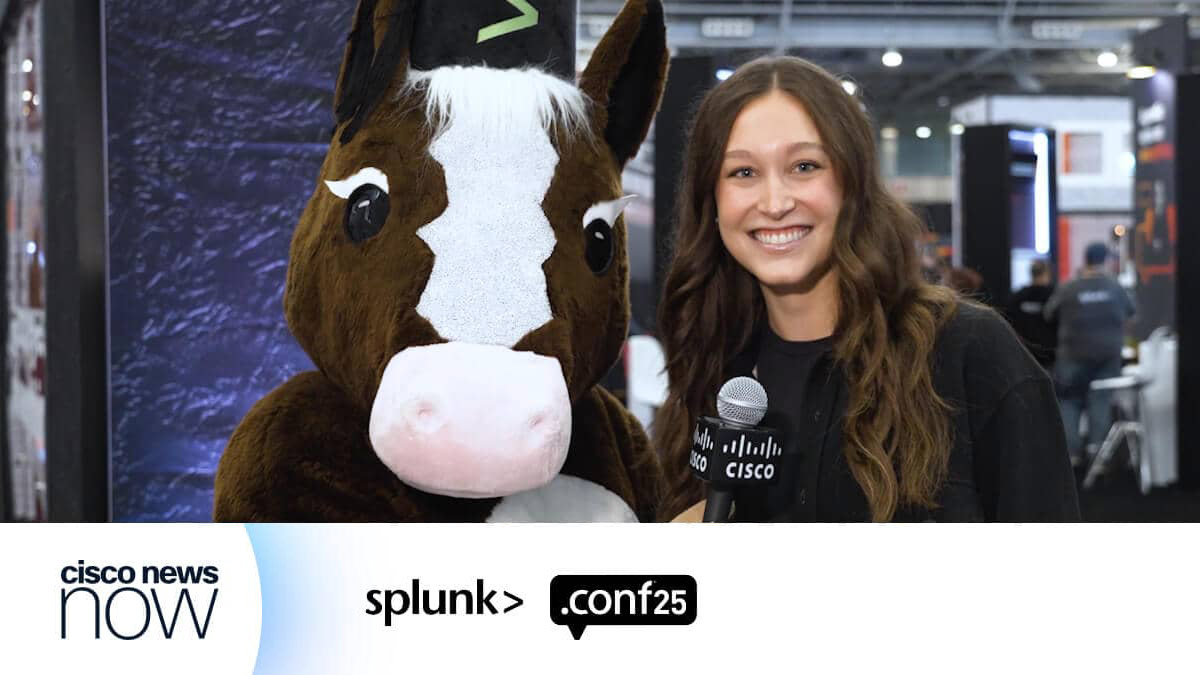SAN JOSE, Calif., Nov. 14, 1994 -- Cisco Systems has introduced DLSw+,a third-generation Data Link Switching solution that permits theconstruction of any-to-any networks with thousands of routers -- at thesame time maintaining full compatibility with the new DLSw standard andwith the industry's most widely adopted Remote Source-Route Bridging(RSRB).
Data Link Switching was developed by the Data Link Switching WorkingGroup of the APPN(Advanced Peer-to-Peer Networking) Implementors' Workshop(AIW) as a standard method for integrating IBM's SNA and NetBIOS over theTCP/IP protocol.
DLSw+ offers significantly greater functionality than the two earliergenerations: RFC 1434, a first-generation interim specification that hasbeen implemented by a number of vendors; and the second-generation DLSw,which obsoleted RFC 1434 when it was completed by the AIW last month,adding such key functions as standardized flow control, circuitprioritization and management.
DLSw+: Interoperability Without Compromise
Nick Francis, Cisco's director of IBM internetworking, said, "Therecently approved DLSw specification is an important achievement because itestablishes baseline functionality and interoperability for integrating SNAand NetBIOS into routed internetworks. But the baseline doesn't providesome of the key functions users need to build today's largest networks.DLSw+, fully compliant and interoperable with the DLSw standard, allowsscalability to thousands of routers with full any-to-any connectivity andwith much simpler configuration and administration."While the DLSw standard prohibits the selection of specific features,such as local termination, DLSw+ allows users to apply features andencapsulation alternatives individually based on network requirements.This significantly enhances network design flexibility as well asscalability and performance.
DLSw+ offers a superset of the DLSw and Cisco RSRB functionality. Itis fully backward-compatible with RSRB, allowing the more than 50,000installed users to migrate smoothly, at their chosen pace, with a fullyprotected RSRB investment. Cisco will concurrently support RSRB and DLSw+.
"Peer Group" Approach Permits Multi-Thousand-Node Networks
A key limitation of the DLSw standard -- the requirement for ongoingTCP connectivity between any pair of communicating routers -- preventsany-to-any networks from scaling beyond approximately 100 routers. Thereare three reasons for this. First, most routers' processor and memorycapacity allows them to support only about 100 concurrent TCP connections.Second, the replication of explorer packets by a router for each of its TCPconnections can create congestion on the low-speed links commonly used byaccess routers, consuming valuable bandwidth that would otherwise be usedto transmit data packets. Third, managing the complex configurationsassociated with any-to-any networks is extremely difficult.DLSw+ networks can scale to thousands of routers by allowing large,meshed networks to be broken up into smaller groups, or "peer groups." Theneed for ongoing TCP connections between communicating routers iseliminated through a concept called "on-demand peers," which enablesrouters -- even those in different peer groups -- to establish connectionsonly when required, and drop those connections when sessions are completed.On-demand peers require no special router configuration.
With DLSw+, access routers generate a single explorer for eachconnection request to a new destination, and designated "border peers"assume the task of explorer forwarding. Because no duplicate explorers aresent over any links, processing is simplified and traffic reduced.
In addition, DLSw+ improves overall network availability bymaintaining multiple paths to destinations that can be used for backup,load balancing and redundancy. Not only does DLSw+ recover from IP routefailures using IP routing protocols, but it can quickly switch to backupDLSw+ routers without undertaking the normal route-discovery processthat delays recovery and adds to congestion. The backup DLSw+ routers canbe used for load balancing to enhance response time and increase networkresiliency. This feature also provides the ability to quickly locate backupFEPs in case of primary FEP failure.
DLSw+ Includes Key RSRB Functions
DLSw+ offers the same high-performance transport features found inCisco's Remote Source Route Bridging (RSRB), available on Cisco routerssince 1990 as a means of integrating SNA with multiprotocol LANs.DLSw+ is the only solution to offer alternatives to the full TCPencapsulation of SNA which is most effective for low-speed (under 64-Kbps)or highly congested lines. In other cases, far better performance and lineutilization can be achieved with direct encapsulation in IP, HDLC, FDDI orframe relay (under RFC 1490). By dramatically reducing the number of CPUcycles required, these options permit much larger integrated networks withfewer central-site routers.
Finally, DLSw+ provides the industry's most extensive media conversionsupport. While the DLSw standard supports LAN-to-LAN and remoteSDLC-to-local LAN conversion, DLSw+ is unique in adding remote LAN-to-localSDLC conversion, which allows direct SDLC attachment to a FEP. Conversionof LAN or SDLC to QLLC (QualifiedLogical Link Control) or frame relay (RFC 1490format) is also supported.
Cisco intends to work with industry forums to incorporate DLSw+enhanced features into future versions of the DLSw standard.
Availability Schedule
DLSw+ will be available running over TCP, IP, FDDI and HDLC in firstquarter 1995. Direct frame relay (RFC 1490) and QLLC support will beavailable in second quarter 1995. DLSw+ will be incorporated into Cisco'sbridging software option for the Cisco 7000, 7010, 4000 and AGS+ routers;and into the IBM Base option of the IP Router software set for the Cisco 2500,4500 andAccessPro routers.SDLC and QLLC conversion require the Enterprise Router software set.



